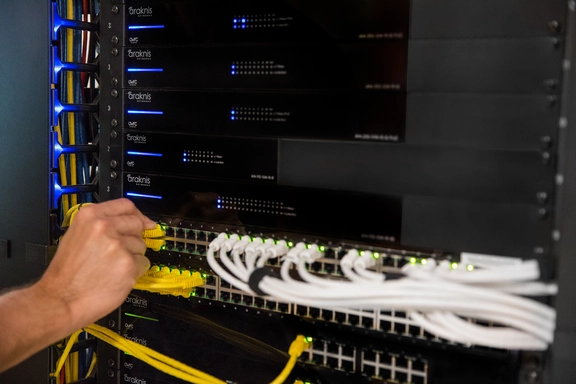Extended Detection and Response (XDR) represents the next evolution beyond EDR, correlating security data across
endpoints, networks, servers, email, and cloud applications. This holistic view identifies sophisticated attacks
that evade single-point detection. Attackers compromising email move laterally to endpoints, then escalate
privileges on servers. XDR tracks this entire chain, revealing attacks invisible to isolated security tools. Machine
learning baselines normal behavior, flagging anomalies that indicate compromise.
Security Information and Event Management (SIEM) aggregates logs from every system in your infrastructure.
Firewalls, servers, applications, endpoints—all generating thousands of events daily. SIEM correlation engines
identify patterns spanning multiple systems. Failed login attempts from one endpoint followed by successful logins
elsewhere indicate credential compromise. This analysis enables threat hunting—proactively searching for indicators
of compromise rather than waiting for alerts.
Backup and disaster recovery protect against ransomware, hardware failures, and disasters. Immutable backups prevent
ransomware from encrypting backup data—attackers cannot delete recovery points. Continuous backup captures changes
every few minutes rather than nightly, minimizing data loss. Cloud replication ensures backups survive site
disasters. Automated testing verifies backup integrity, ensuring recovery works when needed. This comprehensive
approach provides multiple recovery options for any scenario.
Compliance management automates evidence collection for regulatory requirements. HIPAA, PCI-DSS, SOC 2, GDPR—all
demand documented security controls and audit trails. Our systems continuously monitor compliance status, flagging
configuration drift from baseline policies. Automated reporting generates evidence packages for auditors. User
access reviews ensure least-privilege principles. This automation transforms compliance from annual panic to
continuous assurance.

